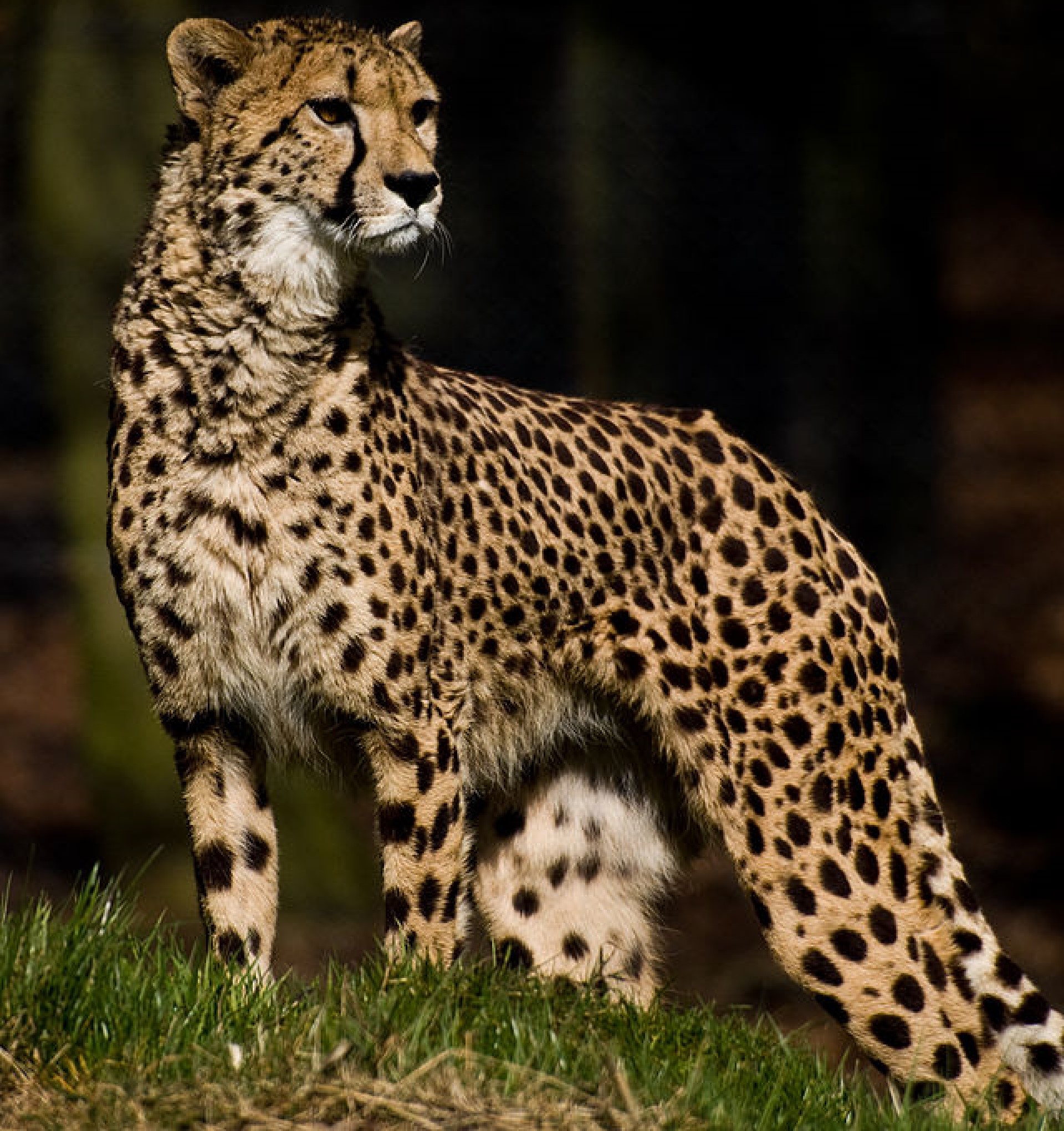
Somalia
Known more for famine, piracy and lawlessness, wildlife still clings on in parts of Somalia.
The wildlife of Somalia is extremely diverse due to the country’s location between the temperate and the tropical zones. Somalia has a long coastline, bordered by the Indian Ocean in the east and Red Sea in the north. The north-western and central parts of the country are arid, or very dry. The southern and north-eastern regions are semi-arid, receiving slightly more rainfall than the central and northwest regions. The coastal region is more humid due to its proximity to the ocean. Somalia is home to over 727 species of birds and boasts over 177 species of mammals. The Nile crocodile is common in Somalia, and is one reptile in the roughly 235 species found within the country.
There are 3 national parks, though how much resources there currently are, is questionable. It is also known that much poaching has gone one, which means it is unclear how much wildlife might have survived.
Daallo Mountain, (locally Buuraha Daalo and officially Golis Range Mountains), is a national park located in the town of Erigavo Sanaag region, Somalia. The mountains are 400ft above the sea level and located 27 miles east of the white sand beach of Mayd. The beach is known to be a paradise for fish and lobster lovers. The park is unique place due to its 60-mile long and thick forest that is home to more than 3,000 species of trees shrubs and other plants such as the acacia, mooli flowers, aloe vera, and the Buxus forest stand. Some of the oldest trees in Africa are found in the park with some being over 1,000 years. Several animals are also found in the park: the kudu, warthogs, antelopes and the Somali sheep are some of the herbivorous found in the park. The lion and the leopard are some of the few predators that are found in the park with most of them falling prey to poachers seeking animal parts, though they are both thought to still survive in some form. Due to the lawlessness of the country, there is fear that this park will not survive, with poachers killing the animals, and the trees being cut down for charcoal. Never-the-less I hope to connect with this place, and for the country to get a grip on the situation while the park still protects something.
Lag Badana National Park locally known as Bushbush national park is located on the southern coast of Somalia. The park was the first park to be established in Somalia in the late 1980s, by the Said Bare administration. The ministry of tourism established the park due to the presence of the coral reef on the shore of the Indian Ocean bordering the park, since the regime fell, there is little work making it a paper park, with little protection of what is found there. The park contains over 200 species of plant, 20 of which are endemic to the park. Several animals such as monkeys, hyenas, and foxes are found in the park, birds such as the dik-dik Speke and the obbia lark are also found in the park. In 2014 President Hassan Sheikh Mohamud initiated some development projects including establishing new management of the park and strengthening its’ environmental preservation.
Kismayo is located on the southern coast of Somali. It is famous for being an Al-Shabaab stronghold and is known to have experience fighting between the militia and government forces. In spite of the conflict, Kismayo is home to a national park. Kismayo National Park is home to some of the unique species of wildlife and plants even though most are common to East African countries. The park is 17 miles from Kismayo town and has experienced massive poaching of its animals by poachers. The park is home to the Somali Shee a native of the park. Other animals such as lions, zebras, and wild boars can also be found in the park. Efforts to manage this area have largely failed due to the rebels in the area, until the situation changes, there is unlikely to be an improvement.
Other parks include Hargeisa, Hobyo and Jilib. I will add more information in due course.
Due to the war and famine, there is little more set aside for wildlife, and anyway most areas appear to be paper parks. Never-the-less they generally still contain some of their wildlife, and as such might be worth visiting. I will add useful information below (above that you will see any news on the country and the a video on the country in question).










